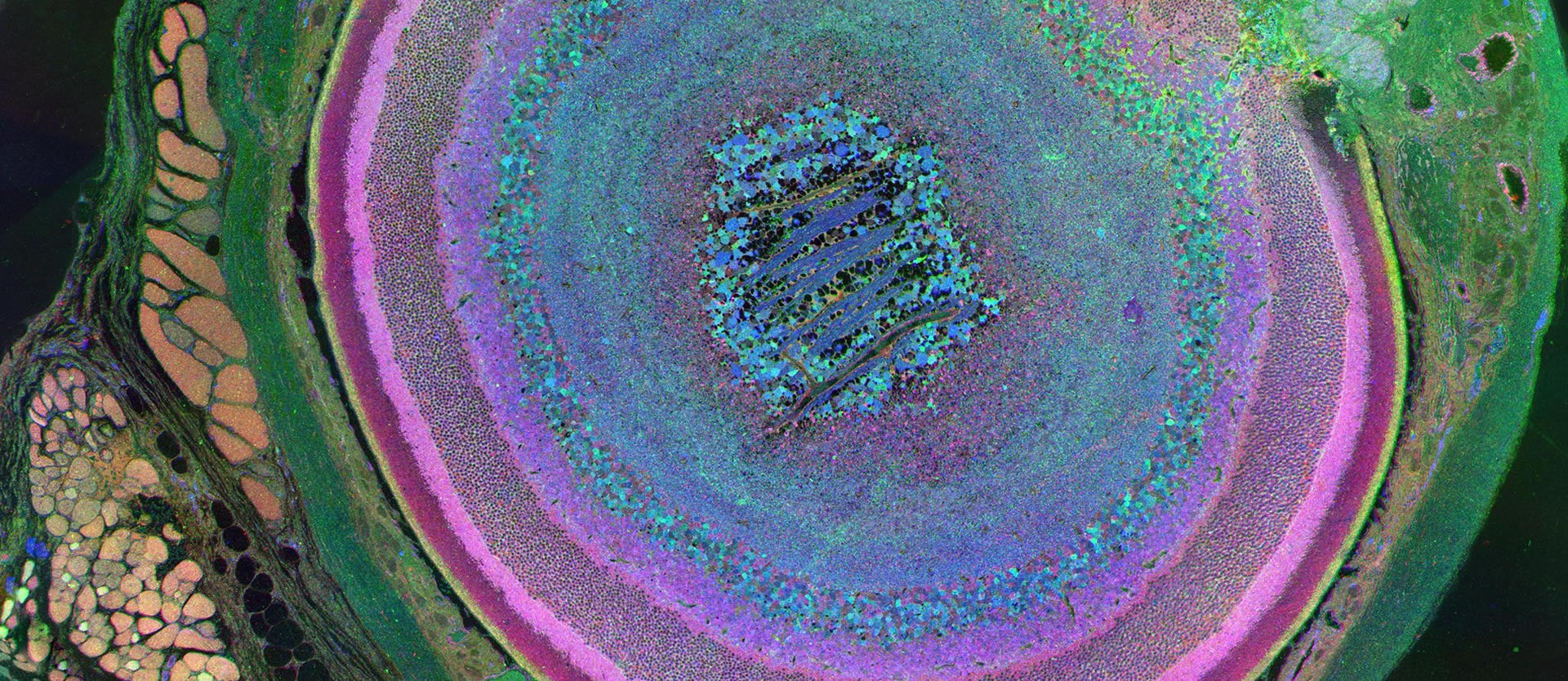A Technical Masterpiece

The complex structure of our eyes is what enables them to perform at their best. Our photoreceptors are so cleverly interconnected that they enable us to see sharply both near and far. We humans register single photons but other mammals are even able to see ultraviolet or infrared light as well as magnetic fields.
The eyes of mammals have been developing for over 500 million years. The organ cells most likely originate from the cells of worm brains. For this reason, researchers from the University of Mainz began looking into the brain of the sea worm, Platynereis dumerilii, a living fossil. This worm’s brain cells were similar in shape to the cones and rods in the human eye. Decisive proof was provided by the so-called molecular fingerprint of the worm’s brain cells, where researchers found the light-sensitive molecule opsin, which was remarkably similar to human cone and rod cells. This is a clear indication of the evolutionary origins. The researchers suspect that in the course of development, the light-sensitive brain cells changed form and became the photoreceptors of the human eye.










